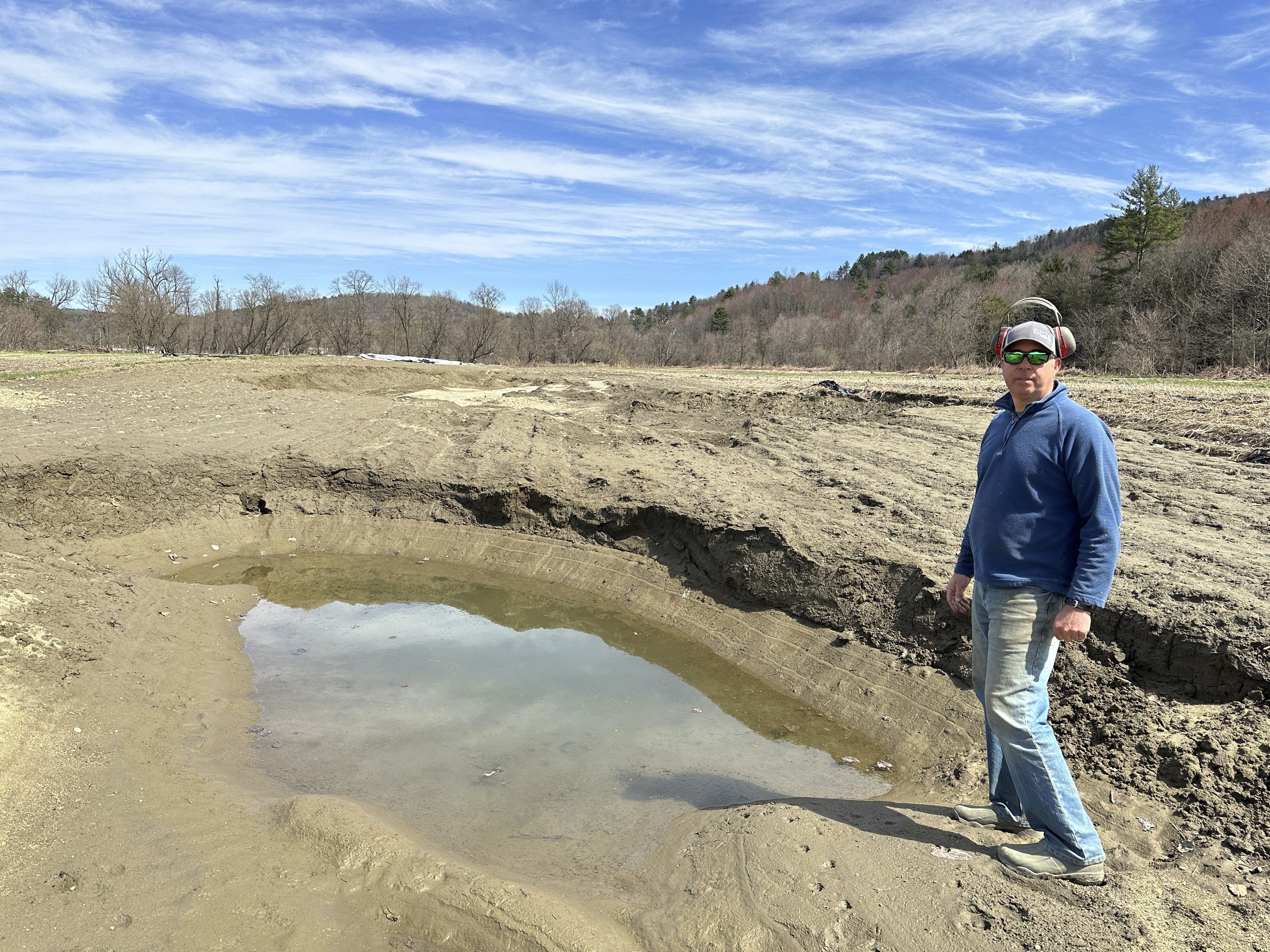Cold weather, deep snow, and tree damage from past storms this winter are making it difficult for maple syrup producers to prepare for the upcoming season. Despite those challenges, the Vermont Maple Sugar Makers Association is not alarmed about the health of the maple season, which usually starts in early March and lasts into early-mid April, depending on how quickly warm weather settles in.
"We haven't seen any weather this year which is truly catastrophic, which is good," said Matt Gordon of the Sugar Makers Association. "It's certainly been discouraging at times, but anyone in this line of work and in farming doesn't expect mother nature to not throw them curve balls from time to time."
The United States Department of Agriculture valued Vermont's maple crop at more than $49-million in 2013, which was a banner year for the industry. That year, producers generated 1.48-million gallons of syrup, according to USDA data.
In 2014, USDA numbers show production slipped to 1.32-million gallons, in part due to cold weather that shortened the season, Gordon said. Still, Gordon described the 2014 total as quite strong.
Maple sap runs typically begin in early March, when air temperatures more regularly climb north of freezing. Producers need to capture as much sap as they can when that happens, because the runs generally only last four to six weeks. The sap producers gather is then boiled way down to produce syrup.
At Slopeside Syrup in Richmond, Vermont, maple producer Roger Brown said he still has a lot of tapping to do before those sap runs begin. He said extreme cold weather has put him a few days behind schedule on his tapping, because the bitter air has limited the number of days he can work outdoors.
"It's uncomfortable to be out here," Brown said of the cold air and wind Vermont has experienced many days this winter. "The snow and the cold just add complexity to everything you do."
Vermont
The latest news from around the state
Brown, a former U.S. Ski Team member, wears skis to make his way around the woods as he tends to his tubing. He told New England Cable News the skis are his way of managing the deep snow. Other producers may use snowshoes, Brown said, but he noted he prefers skis in deep powder.
Parts of Brown's tubing network of 23,000 taps have been weighed down by branches that fell in heavy, wet snow back in December. He has been trying to clear those limbs and free the tubing to check for damage.
"You don't want it buried in the snow," he said of the maple sap tubing. "When you have tubing on the ground, the squirrels get at it."
Brown said despite the cold and the snow, he just has to keep at his work to get ready for his fifth year of maple syrup production. He added if tapping time is lost during the sap runs, it can't ever be gained back. "I just check on an area and then move onto the next problem," Brown said of his preparations for Vermont's sweetest season.
Click here to visit the website of the Vermont Maple Sugar Makers Association, which includes information on the 2015 Maple Open House Weekend. That event will be held on March 28 and 29.



